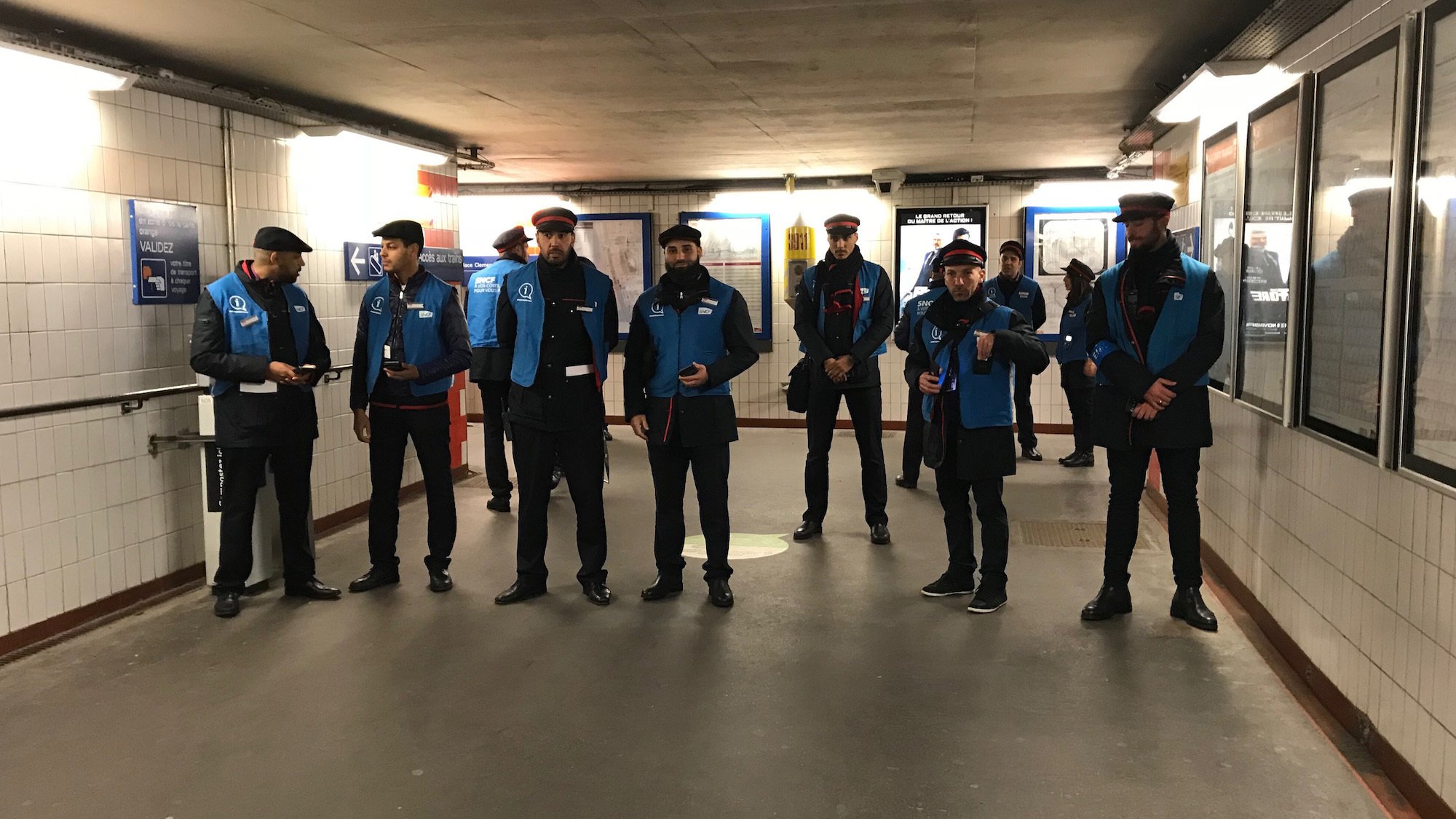Halving the number of frauds, bringing the rate down from 8% to 4%, that’s the noteworthy goal that Valérie Pécresse has set for the year 2025. A bold project that, after being propelled by the ban on the Akha app – which allows users to report the presence of agents – has now launched into a massive operation of “continuous control” on the metro, bus, RER, and tram lines that are most affected by this issue.
A Surface Problem
As we mentioned earlier, 8% fraud doesn’t seem that huge at first glance. However, when you consider that this little rate costs IDFM 700 million euros each year, it suddenly takes on a whole new level. Especially since this amount is just the tip of the iceberg.
cute; there are almost double the cases we noticed just about ten years ago. This is a phenomenon that is becoming more and more common, especially on the surface network. So, while only 5% of metro and RER users are fare evaders, they’re 15% on the bus and 16% on the tram regularly cheating the system. And when coaches operate outside of Paris, we see a huge spike in numbers, with, for example, 63% fare evasion on line 356, which runs from La Courneuve to Deuil-la-Barre, and 45% on line 4203, between Le Coudray-Montceaux and Corbeil-Essonne.Tolérance zéro pour les fraudeurs. Nous voulons diviser par 2 le taux de fraude. Aujourd’hui, nous avons 700M€ de pertes chaque année, c’est injuste pour les voyageurs qui payent leurs titres de transport. C’est pour cela que nous allons déployer des opérations de « contrôle… pic.twitter.com/TNaSLoZ0WE
— Valérie Pécresse (@vpecresse) February 13, 2025
Big problems need big solutions
In the battle against fraud, while IDFM has long tried to implement a policy of unexpected checks, relying on the element of surprise to catch as many people as possible, Valérie Pécresse has now decided to switch to a strategy of “name and shame, we will name and shame,” she explains. To do this, she plans to highlight the areas where fraud is most prevalent, such as the Château d'eau station in Paris (line 4), or the RER B and D. Since this Monday, these places have been patrolled daily by 50 dedicated teams, present from morning until evening to catch as many people as possible. This system had been previously tested on the Trappes – Saint-Quentin-en-Yvelines line, significantly reducing the fraud rate.
from 13% to 6% in just 15 days.🔴 FLASH - #Transports : Les contrôles s’accentuent ce lundi.
— FLASH INFO Ile-de-France (@info_Paris_IDF) February 17, 2025
👉 Les autorités des transports franciliens déploient 500 contrôleurs de plus sur les stations où les usagers fraudent le plus. (BFMTV) #Pécresse pic.twitter.com/RG8gIEVmeu
Increased Stricter Fines
To top it all off, the President of the Île-de-France region also announced plans to strengthen the processes surrounding fines, including the implementation of a real-time address check, which will be effective starting this summer. While 60% of people pay on the spot what they owe to transport companies, among the remaining 40%, only 10% are settling their debts afterward, often using a false address or a false name given at the time of the citation. This new partnership between IDFM and the National Agency for Automated Infraction Processing also allows for automated follow-up, with reminder letters sent to offenders. So all you have left to do is buy tickets or invest in a precious tip!Get Free Pass + !
Imaginez des transports publics gratuits financés par l'impôt... Plus de fraude...Plus de frais de contrôles des tickets... Plus de portiques à installer... Plus de maintenance des portiques...
— Arthur, joueur de pipeau accompli (@frabel_a) July 10, 2021
